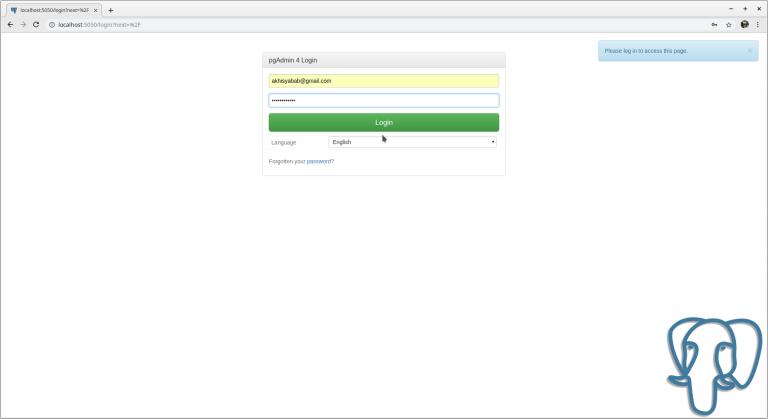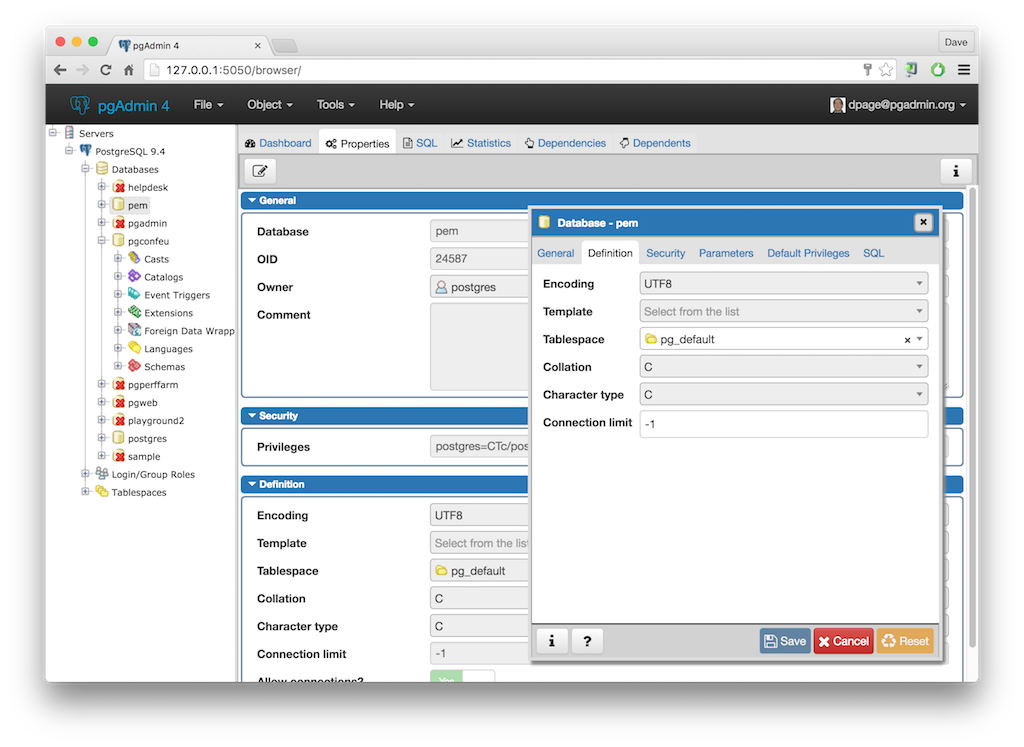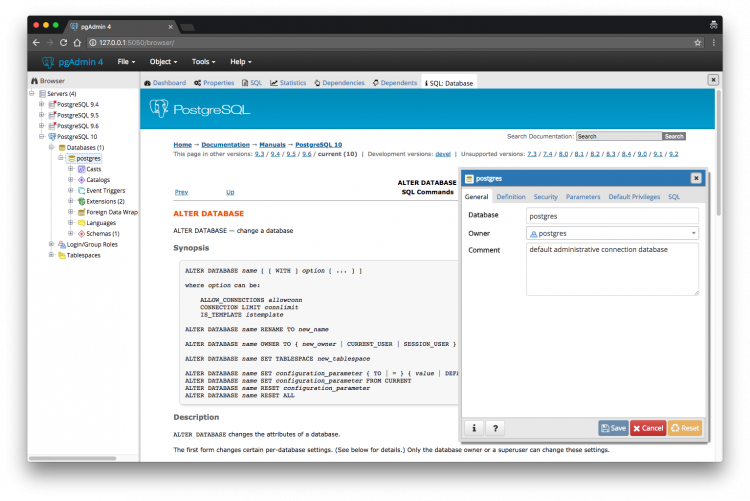

#Pgadmin 4 run query driver#
UnityJDBC virtual driver + SQuirrelL SQL clientĪround since ever, this method might easily be the simplest way to join independent Postgres databases.So let’s look at the following 4 options:

Luckily PostgreSQL (plus the ecosystem) provide some options out of the box and there are also some 3rd party tools for cases when you for example can’t use the Postgres options (no superuser rights or extensions can be installed). So how do you solve such ad-hoc tasks? One could of course solve it on application level with some simple scripting, but let’s say we only know SQL. Think sales reporting aggregations over logical clusters or matching click-stream info with sales orders based on customer ID-s.

no built in clustering extensions or such are in use) to present it as one logical entity. With the heyday of bigdata and people running lots of Postgres databases, sometimes one needs to join or search data from multiple absolutely regular and independent PostgreSQL databases (i.e.


 0 kommentar(er)
0 kommentar(er)
